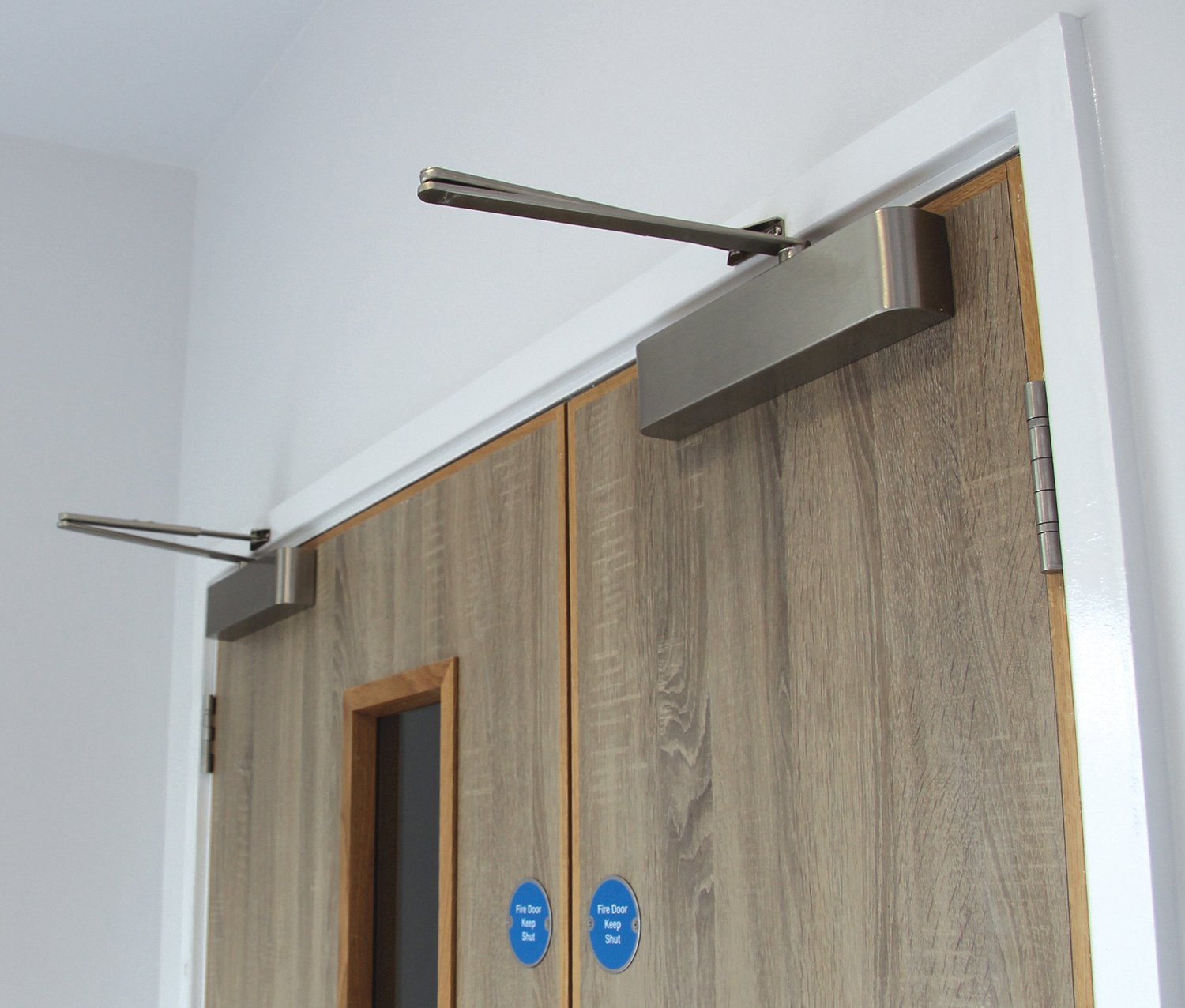
In our recent webinar covering the practical application of the Draft Building Safety Bill, an interesting question was raised during the Q&A session about permissible gaps around fire doors.
The attendee that asked the question had experienced fire door installations being rejected by third-party assessors due to the gap around the door not being a consistent 3mm on all sides.
Two of our guest panellists fielded the question.
Neil Harrison (CertFDI, DipFD) of Falcon Panel Products clarified that in most fields of application, an element of tolerance is allowed for, as movement can occur within wooden doors and frames once environmental controls are introduced. The responsibility for signing off such installations rests with the designated responsible person and the person that they employ to advise them, and they have to interpret the legislation and feel comfortable with approving an installation accordingly.
Richard Kowalski of Stairways Midlands confirmed what Neil had said and reinforced that the tolerances exist for a reason: as a natural material, wood can expand and shrink a small amount in changing climatic conditions, and the gap between doors and frames can vary accordingly from one day to the next.
British Standard 8214:2016 ‘Code of practice for fire door assemblies’ covers the requirement relating to gaps around fire doors, and it makes clear that the gap between the door and the side jambs and head jamb should be no more than 4mm and no less than 2mm, with the aim for it to be 3mm to allow for intumescent strips activating in the event of a fire.
The distinctive feature of the Building Safety Bill is that it requires clear accountability to be taken by a designated responsible person at every stage of a project, to ensure that better safety standards are universally upheld. This weight of responsibility will undoubtedly make individuals cautious about signing off installations that may appear to be only just compliant. However, it will be necessary that tolerances are recognised where day-to-day timber movement occurs, as this is beyond the control of even the most meticulous installer.
The science behind gaps around fire doors relates to the intumescent that is fitted. When the intumescent strip is activated by heat, it expands to fill the gap and creates a necessary pressure to provide an unbroken ‘wall’ of resistance that slows fire migration from one side of the door to the other. If the gap around the door is too large, the intumescent will expand to the point where the pressure it creates is reduced, and therefore the wall of resistance is compromised. However, if the gap around the door is too small, it may delay the heat reaching and activating the intumescent, which can also reduce its effectiveness. It is for this reason that ensuring gaps remain between the 2mm-4mm tolerance is important.
Leave us your contact details and we will call you back for a free consultation about your requirements.